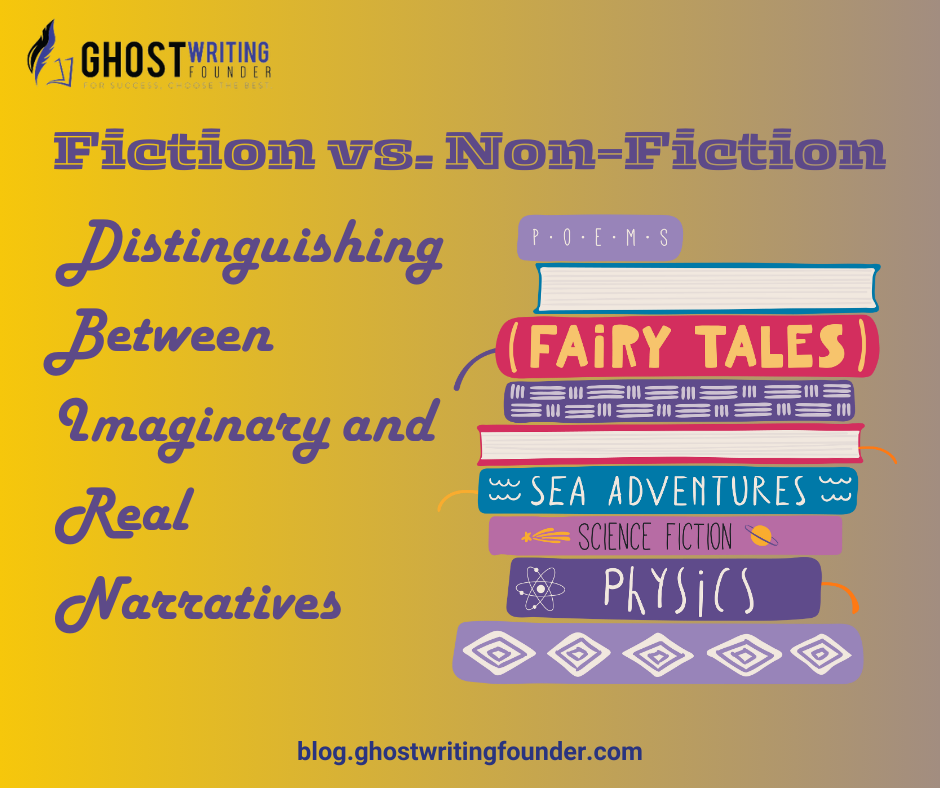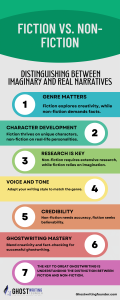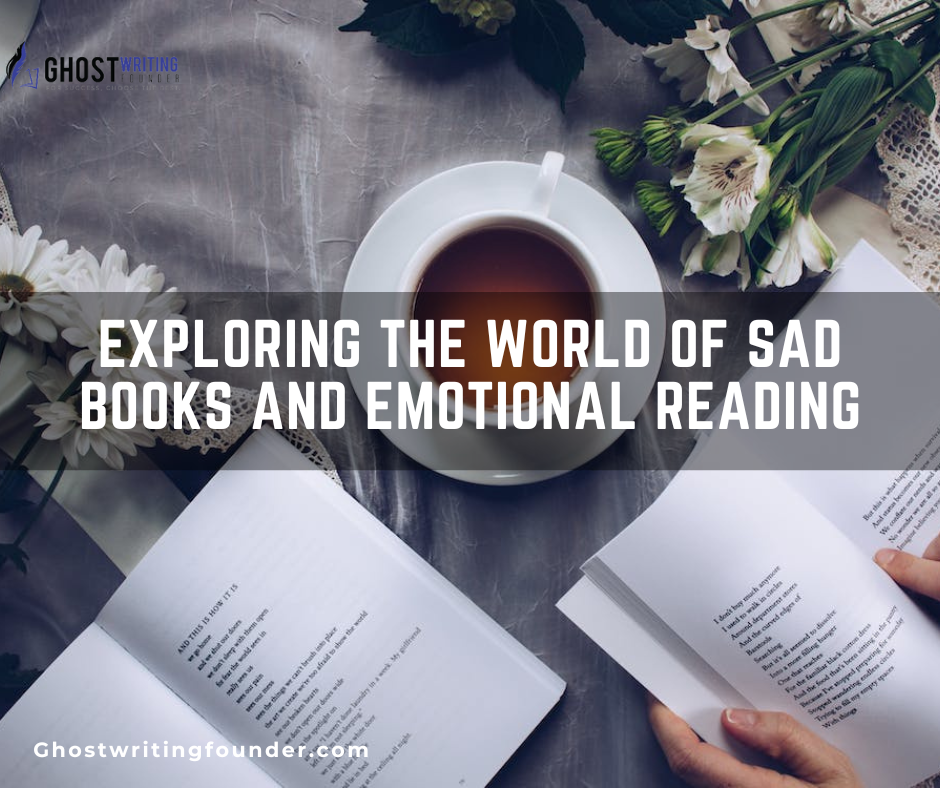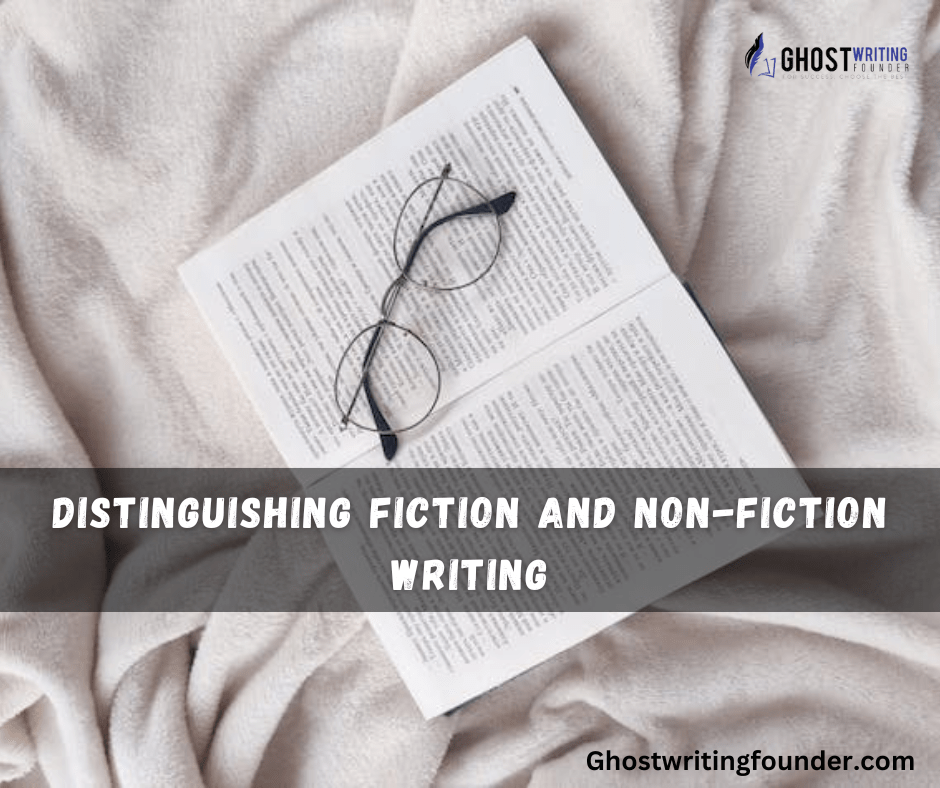
Writing
What Is A Fiction?
Fiction is the arena of the mind. It’s wherein writers make up worlds, people, and events that do not exist, even though they, on occasion, appear to be or are based totally on actual matters. Fiction is all about telling stories, much like the captivating narratives found in The 15 Most Prestigious Book Awards for Book Authors. testimonies. Plots can take location in made-up worlds, different universes, or even just made-up versions of our own.
Fiction may be about anything, from the mystical worlds of J.K. Rowling’s “Harry Potter” books, which are explored in depth in What Genre is Harry Potter? The Magical Classification to the love-crammed streets of Jane Austen’s England. The only component that limits fiction is the author’s imagination.
What Is A Non-Fiction
Non-Fiction is the other of what a Non-Fiction is, and for those interested in crafting such works, How to Write Non-Fiction Book can be a valuable resource. Non-fiction books are primarily based on data and truth and the intention to inform, train, or make human beings think. They talk about real human beings, locations, matters, or thoughts.
Biographies like “The Diary of a Young Girl” by Anne Frank give a private take look at life for the duration of the Holocaust, and how-to books like “How to Win Friends and Influence People” by Dale Carnegie are right examples. The main point of non-fiction is to show records or private thoughts.
Distinguishing Between Imaginary And Real Narratives
In the massive world of literature, readers regularly traverse the landscapes of the real and the imagined. While each variety of narratives offers treasured insights, the distinction between them is critical for information context, intention, and effect. Here’s a better look under the guidance of Ghostwriting Founder at Fiction vs. Non-Fiction, imaginary (fiction) and real (non-fiction) narratives.

Imaginary Narratives (Fiction)
At the coronary heart of Fiction vs. Non-Fiction lies the energy of creativity. Though no longer factual, these testimonies captivate the coronary heart and soul by crafting changing realities, deep emotions, and compelling characters.
Characteristics
Plot-pushed
Fiction frequently has a distinct starting, middle, and stop, with clean conflicts and resolutions.
Character improvement
Fictional characters evolve, revealing layers and complexities because the story unfolds.
Setting
Fiction vs. Non-Fiction can vary from the familiar to the fantastical. Whether it’s a fictional town in the real world or a far-off planet in another galaxy, the setting often plays a pivotal role.
Purpose
Fiction serves to entertain, initiate thought, and elicit emotions, akin to the journey readers take with Classic Books to Read at Least Once in Your Lifetime. It presents a getaway, a chance to enjoy one-of-a-kind lives and worlds.
Real Narratives (Non-Fiction)
Non-fiction is grounded in truth, and for those who write it, Book Editing: A Comprehensive Writer’s Outline can help ensure their facts are presented clearly. Whether it is detailing historical activities, explaining concepts, or sharing private reviews, non-fiction offers an actual examination of discoveries factors of our international.
Characteristics
Fact-based totally
Non-fiction is based on correct and verifiable statistics. Even personal memoirs or reviews are rooted in real reports.
Expository
These works’ goal is to inform, give an explanation for, or convince. They present proof, common sense, and shape.
Authenticity
Non-fiction voices, whether objective or subjective, stem from actual-world expertise, studies, or enjoyment.
Purpose
Non-fiction serves to educate, tell, or provide a factual account. It’s a way to benefit from knowledge, recognize various views, and get a hold of truth.
Why the Distinction Matters
Differentiating between fiction and non-fiction is greater than simply an academic exercise; it shapes our comprehension and response to what we examine. When we apprehend a piece as fiction, we permit ourselves to suspend disbelief, immerse inside the narrative, and discover the nuances of human experience. With non-fiction, we approach with a mindset to study, apprehend, and correlate with the real international.
The Benefits Of Fiction Vs. Non-fiction
Fiction vs. Non-Fiction can be a superb way to escape real life and spark creativity, and for those looking to create their own, Script Writing Services can help bring those stories to life. by putting you in a magical international. It gives them thoughts they cannot get out of their ordinary lives and offers them a sense of exploration and wonder.
On the other hand, non-fiction tales are primarily based on actual activities, and for a deeper understanding, Non-Fiction writing services can provide expert guidance. and supply facts and statistics, which could help us analyze more about the arena around us. It’s an amazing way to analyze more about a topic and train important ideas.
However, the two genres do have a few similarities
Both books are amusing to study for human beings of all ages and backgrounds, and for those interested in the younger demographic, Children’s Book Editor services can be particularly helpful., introduce new thoughts, and improve the capacity to think severely. They let readers discover distinct worlds, whether a made-up tale world or an educational one based on real occasions.
Examples Of Fiction And Non-fiction Books
When we communicate about the massive world of literature, the distinction between Fiction vs. Non-Fiction frequently pops up. But what exactly differentiates the two, and may you see them on your bookshelf?
Fiction vs. Non-Fiction goes into the realm of the ingenious. These books weave tales that might be set in fantastical worlds, distant galaxies, or perhaps just a changed version of our very own reality. Key examples include:
“Pride and Prejudice” by Jane Austen – A classic romance set against the backdrop of English societal norms.
“Harry Potter and the Sorcerer’s Stone” by J.K. Rowling – A younger boy discovers he’s a wizard and embarks on magical adventures.
“The Great Gatsby” by way of F. Scott Fitzgerald – A portrayal of the Jazz Age’s decadence and excess.
Non-fiction Books, then again, are rooted in fact. They may provide insights into actual life activities and humans or offer actual data on any given topic. Key examples consist of:
“The Diary of a Young Girl” through Anne Frank – The real-existence diary entries of a Jewish woman hiding from the Nazis.
“Sapiens: A Brief History of Humankind” by way of Yuval Noah Harari – An exploration into the records and effect of Homo sapiens.
“Educated” through Tara Westover – A memoir about a woman who grows up in a strict and abusive family in Idaho but subsequently escapes to learn about the bigger international through training.
Whether you select the innovative stories of Fiction vs. Non-Fiction or the grounded realities of non-fiction, there’s no denying that each genre offers readers a wealthy tapestry of reports.
Main Attributes and Elaborate Information
| Aspect | Fiction | Non-Fiction |
|---|---|---|
| Definition | Imaginary narratives creating worlds, characters, and events. | Based on facts and reality, aiming to inform, educate, or provoke thought. |
| Characteristics | – Plot-driven – Character development – Varied settings |
– Fact-based – Expository – Authenticity |
| Purpose | To entertain, initiate thought, and elicit emotions. | To educate, inform, or provide factual accounts. |
| Examples | – “Harry Potter” by J.K. Rowling – “Pride and Prejudice” by Jane Austen |
– “The Diary of a Young Girl” by Anne Frank – “Sapiens” by Yuval Harari |
| Creative Scope | Unlimited, bound only by the author’s imagination. | Restricted to factual and real-world information. |
| Reader Experience | Offers escapism, emotional engagement, and imaginative exploration. | Provides knowledge, understanding, and real-world insights. |
| Similarities | Both can be engaging, introduce new ideas, and enhance critical thinking. | Both can be engaging, introduce new ideas, and enhance critical thinking. |
Conclusion
Even though both real and made-up stories have their charm and meaning, it’s important to know the difference between them to get the most out of each one as readers. Whether we want to discover a fantasy world or ground ourselves in the history of the real world, knowing what kind of story we read improves our reading experience.









Leave a Reply